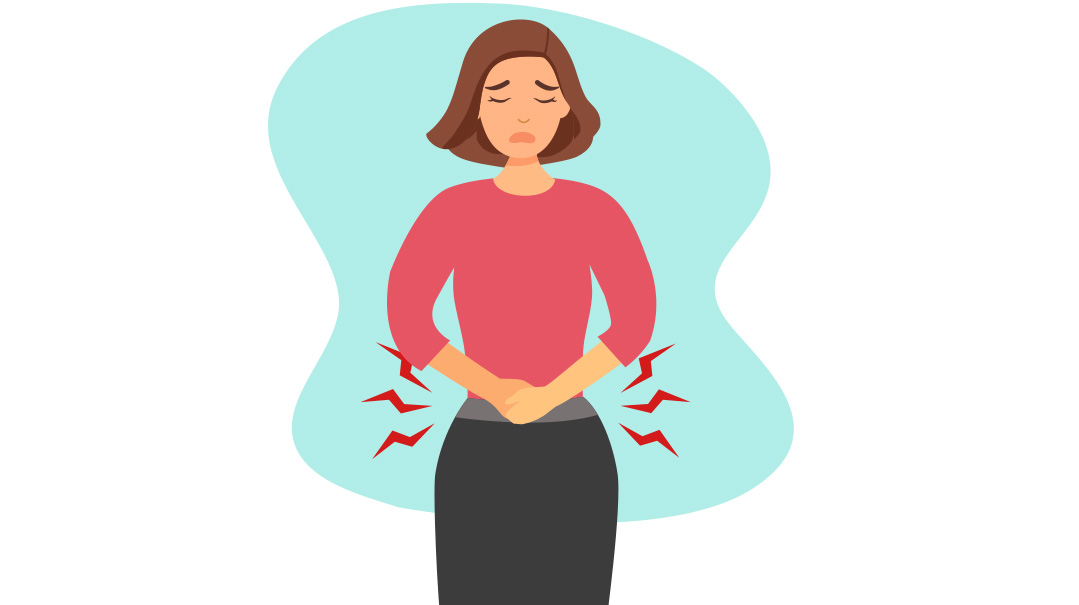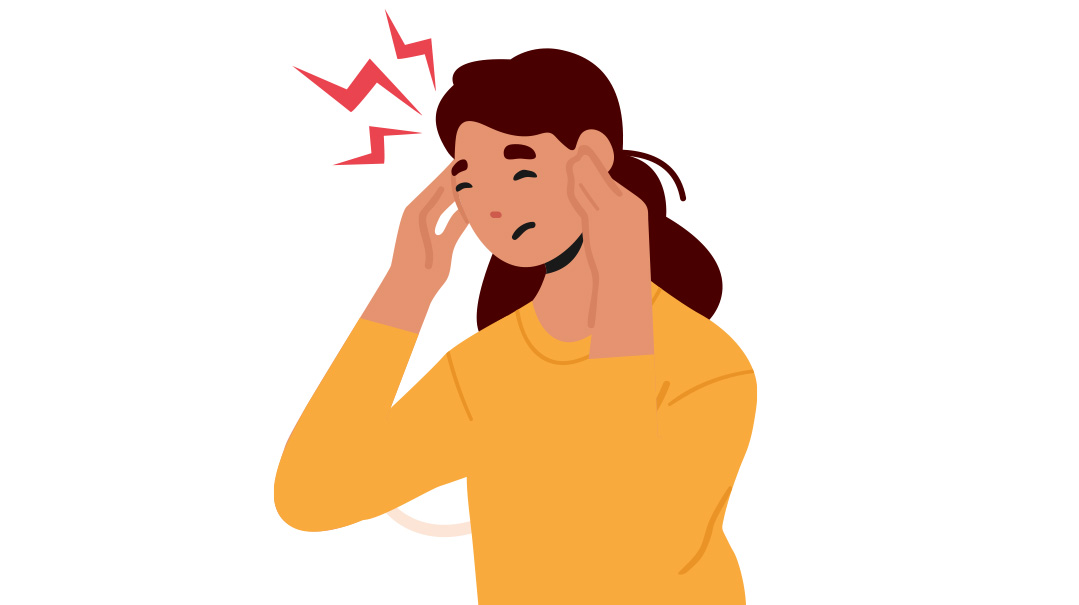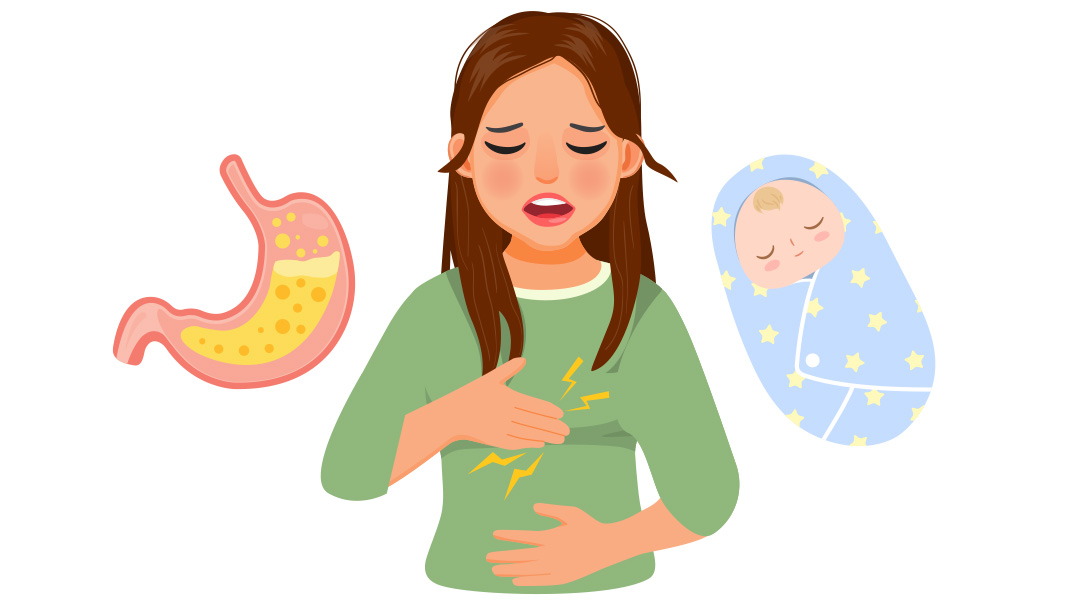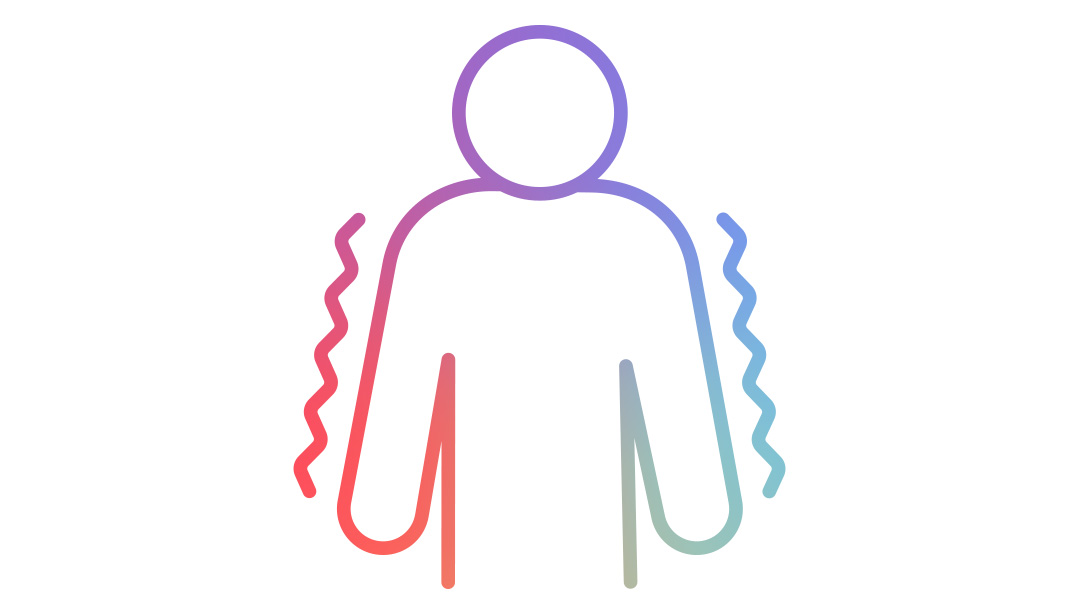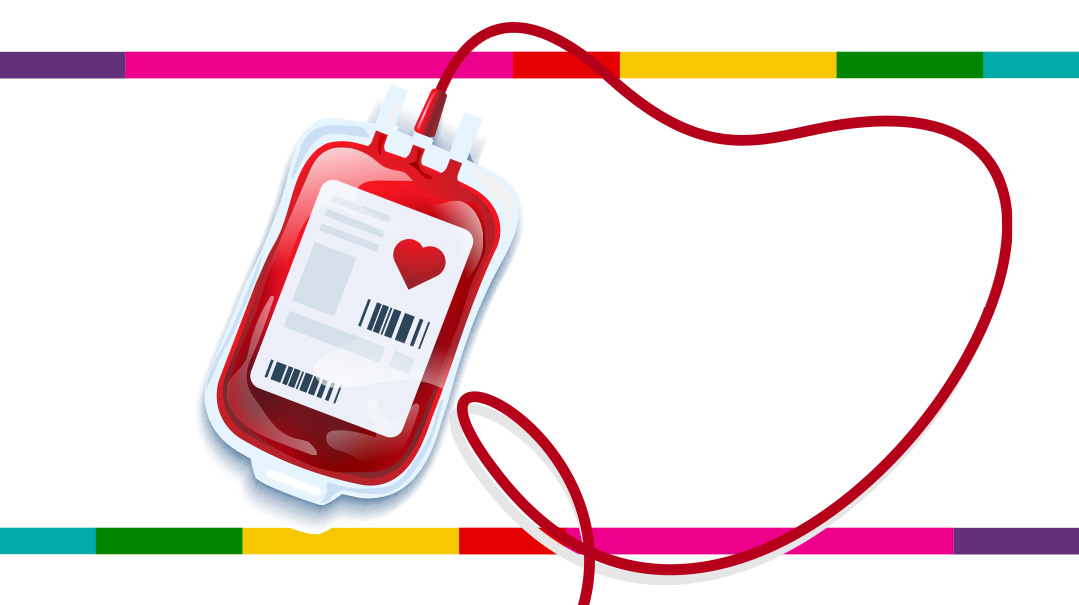Poison Ivy
| August 24, 2021Everyone knows poison ivy is a plant you don’t want to mess with
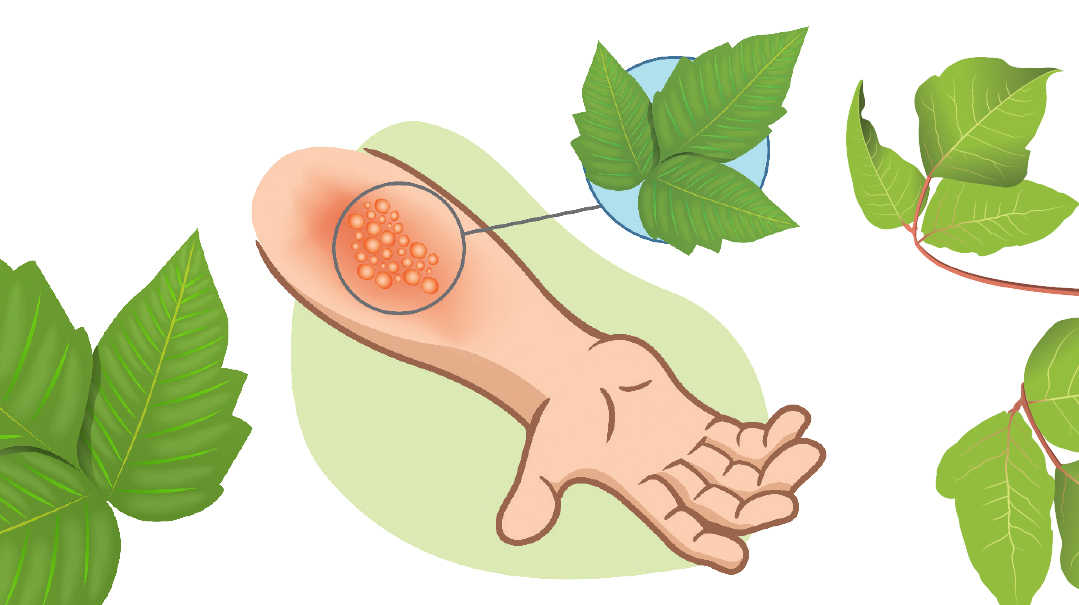
Summer is fading away, and you’re heading back to school. But the summer memories remain, full of sun and fun — unless you had a brush with poison ivy sometime this summer. Then there may be some uncomfortable memories too!
Everyone knows poison ivy is a plant that you don’t want to mess with. Here’s the scoop.
Poison Plants
It’s not the plant itself that is poisonous. It's the colorless, odorless resin (oil) found in the leaves of certain plants, called urushiol, that can cause an allergic rash. You might know someone who breaks out in a rash if they use the wrong laundry detergent or eat the wrong food. Urushiol is a “wrong” substance for most people — an allergen. When the urushiol-rich resin gets on skin, it causes an allergic reaction, an itchy rash. It can be intense: The skin becomes itchy and red, there may be swelling in the area, and then blisters appear. A few days later, the blisters turn crusty, and then start flaking off (I know, so gross). And the best part? The rash can take two to three weeks to fully heal. Oy.
Protect Yourself
The urushiol releases from the leaves of poison ivy (and some other plants) when the leaves are bumped into, brushed against, or torn. Wearing long sleeves and a long skirt can keep that resin off your skin. Be aware that these plants can grow anywhere, in wooded areas or even in your own backyard. They’re not always easy to spot, either. Other plants and foliage can camouflage the troublesome leaves, and to make it trickier, there are a few types of poison ivy. Not only that, but each type can look different during different seasons. It’s a complicated business. But if you know that poison ivy grows in a certain area, then by all means, please avoid it. If you think you might have come in contact with poison ivy, use lots of soap and water to try to wash off the oils.
Too Late. Now What?
You have a rash, now what? Well, it’s always a good idea for a doctor to rule out other causes, particularly if you’re running a fever, too. If your doctor confirms that the rash is from a poison plant, he’ll probably advise soothing, cool showers, and maybe a cream to help with the itching, like calamine lotion. If it’s super bad, the doctor might give you steroids or antihistamines to spread on your skin, or to take orally. And then you just have to wait for it to go away.
DID YOU KNOW?
There are three plants that can cause bad reactions: Poison ivy, poison sumac, and poison oak all contain urushiol. Learn to recognize each of them so that you can stay away!
DID YOU KNOW?
The reaction to poison ivy can start within hours of coming in contact with the plant, or as long as five days later!
DID YOU KNOW?
You can get poison ivy without ever touching a plant. Contaminated clothing or skin can transfer urushiol from one person to another. But you can’t get it from your friend’s rash.
(Originally featured in Teen Pages, Issue 875)
Oops! We could not locate your form.

